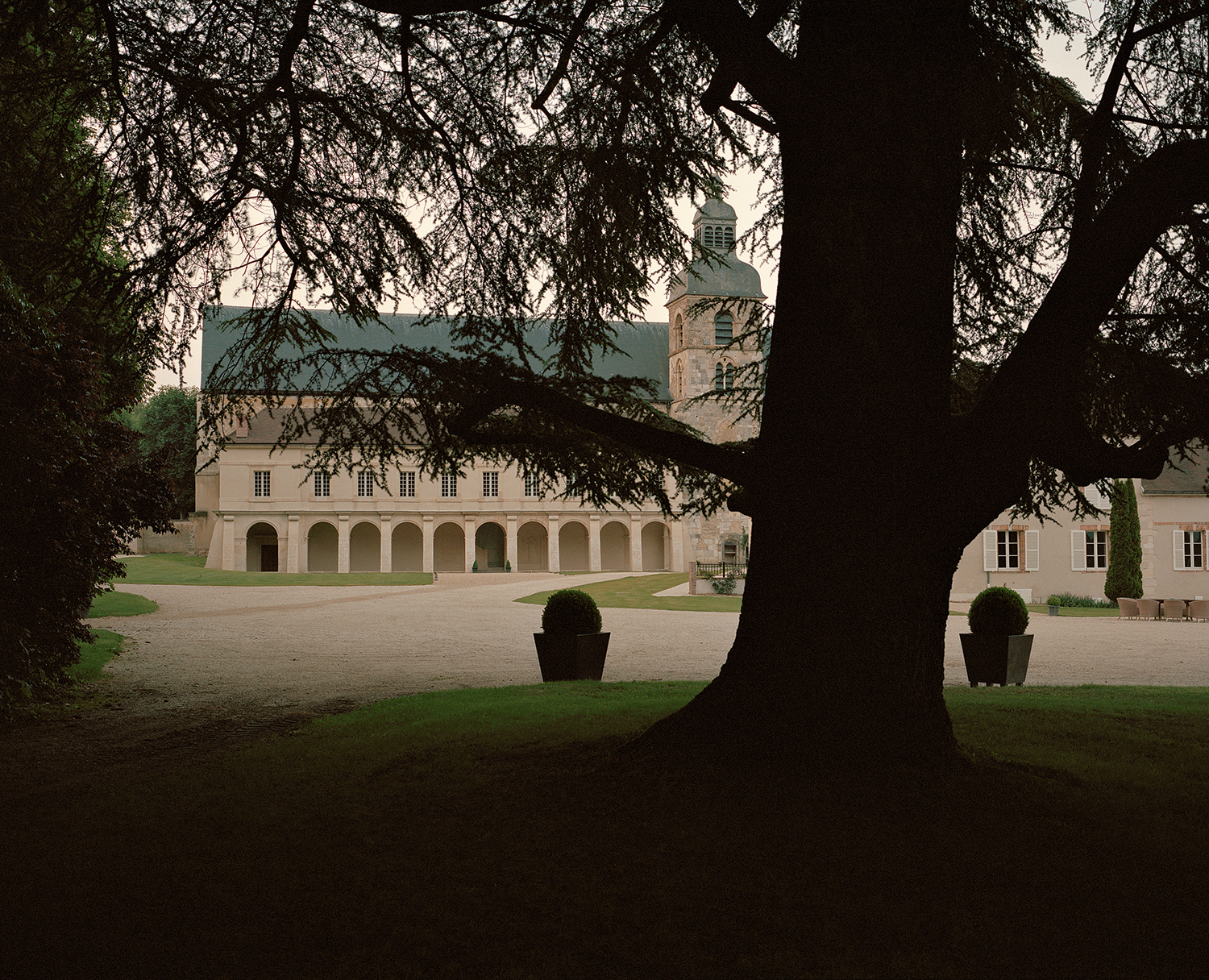Purple Magazine
— F/W 2013 issue 20
Richard Geoffroy
 The Abbey of Hautvillers, where Dom Pérignon first invented Champagne
The Abbey of Hautvillers, where Dom Pérignon first invented Champagne
on champagne vintages
interview by OLIVIER ZAHM
portrait by GIASCO BERTOLI
OLIVIER ZAHM — How do you define your work at Dom Pérignon? Oenologist? What is your official title?
RICHARD GEOFFROY — Officially, I am the chef de cave, the cellar master. It’s a very complicated mission, quite technical, because the job is making the wine. There’s the vinification, the process — this is what we call oenology, the science of wine. Then, for me, there’s the true dimension of being the chef de Cave for Dom Pérignon: designing the champagne to your own specifications — this is the blending and compositional stage. Then, accompanying the work until the wine actually leaves the cellar…
OLIVIER ZAHM — Taking the wine to the people…
RICHARD GEOFFROY — Being outside, in the light, the limelight, being…